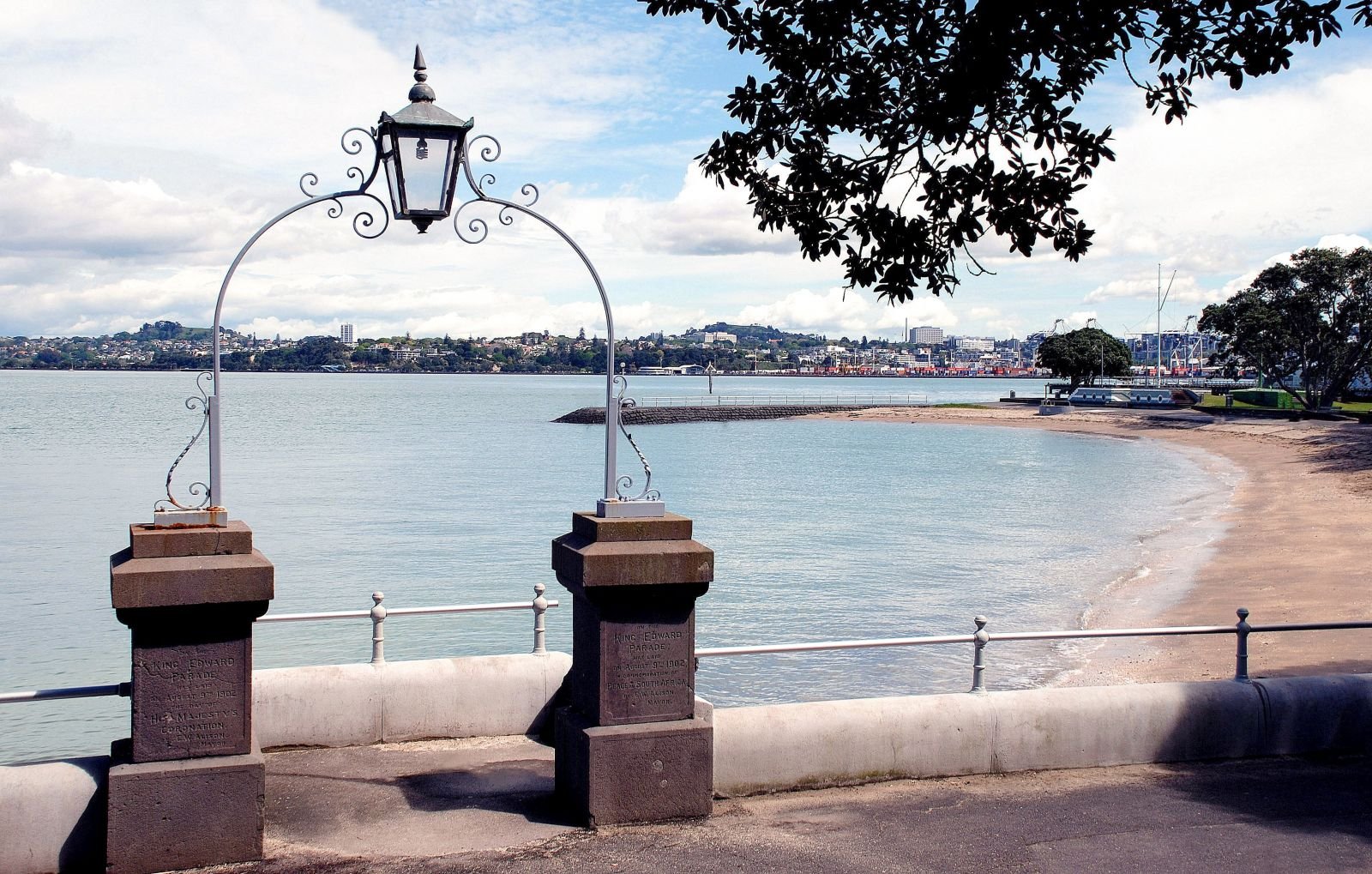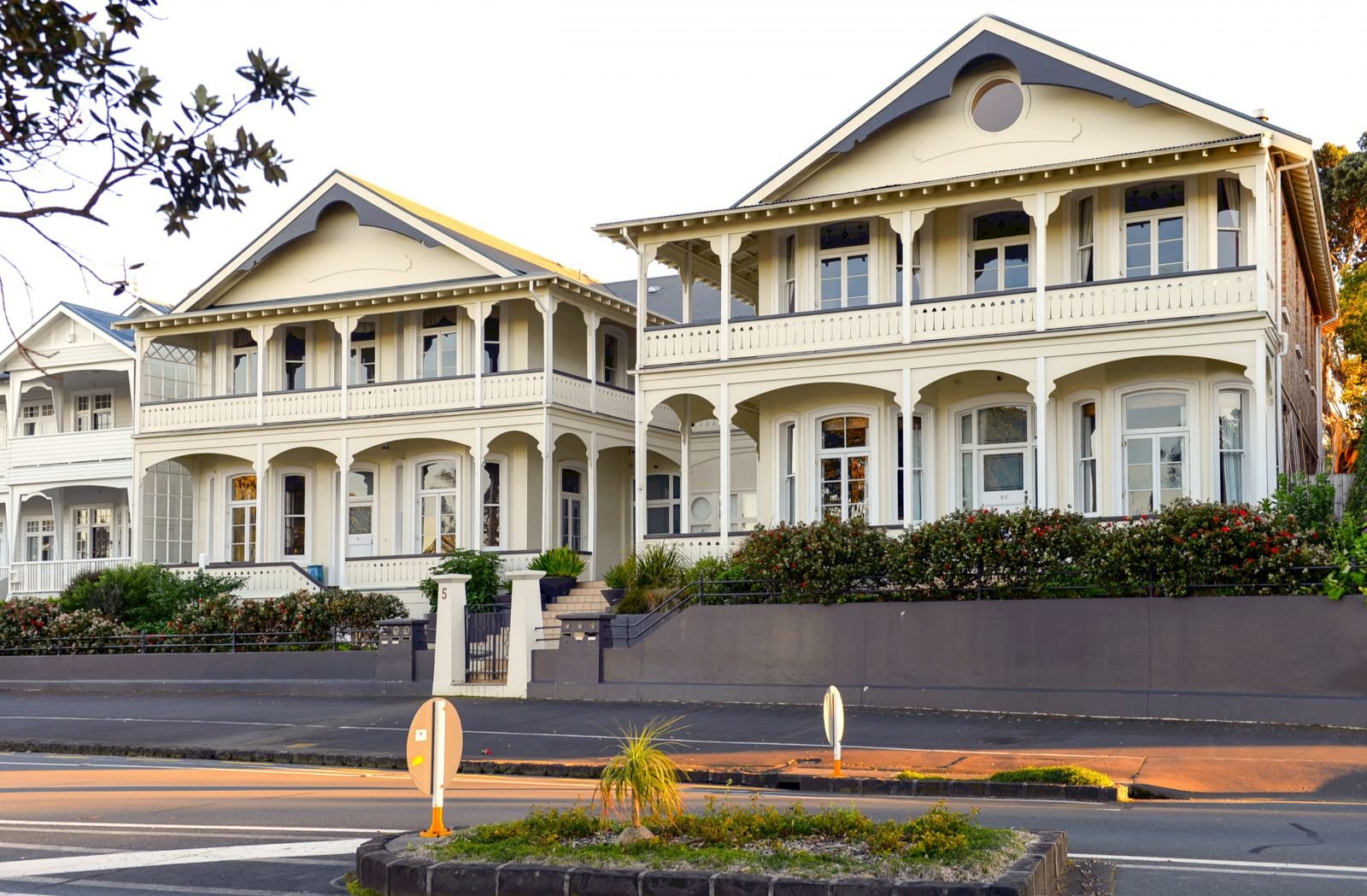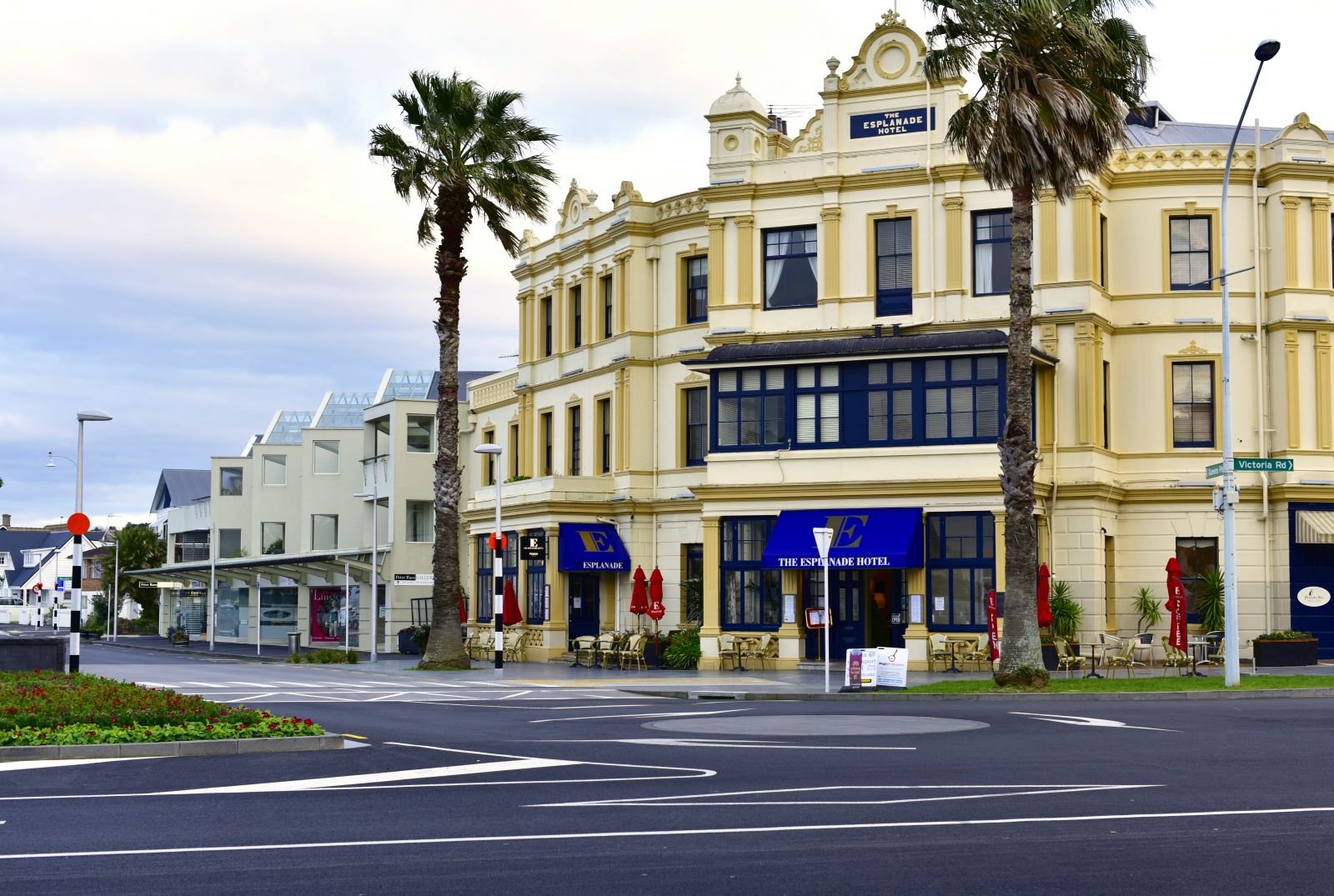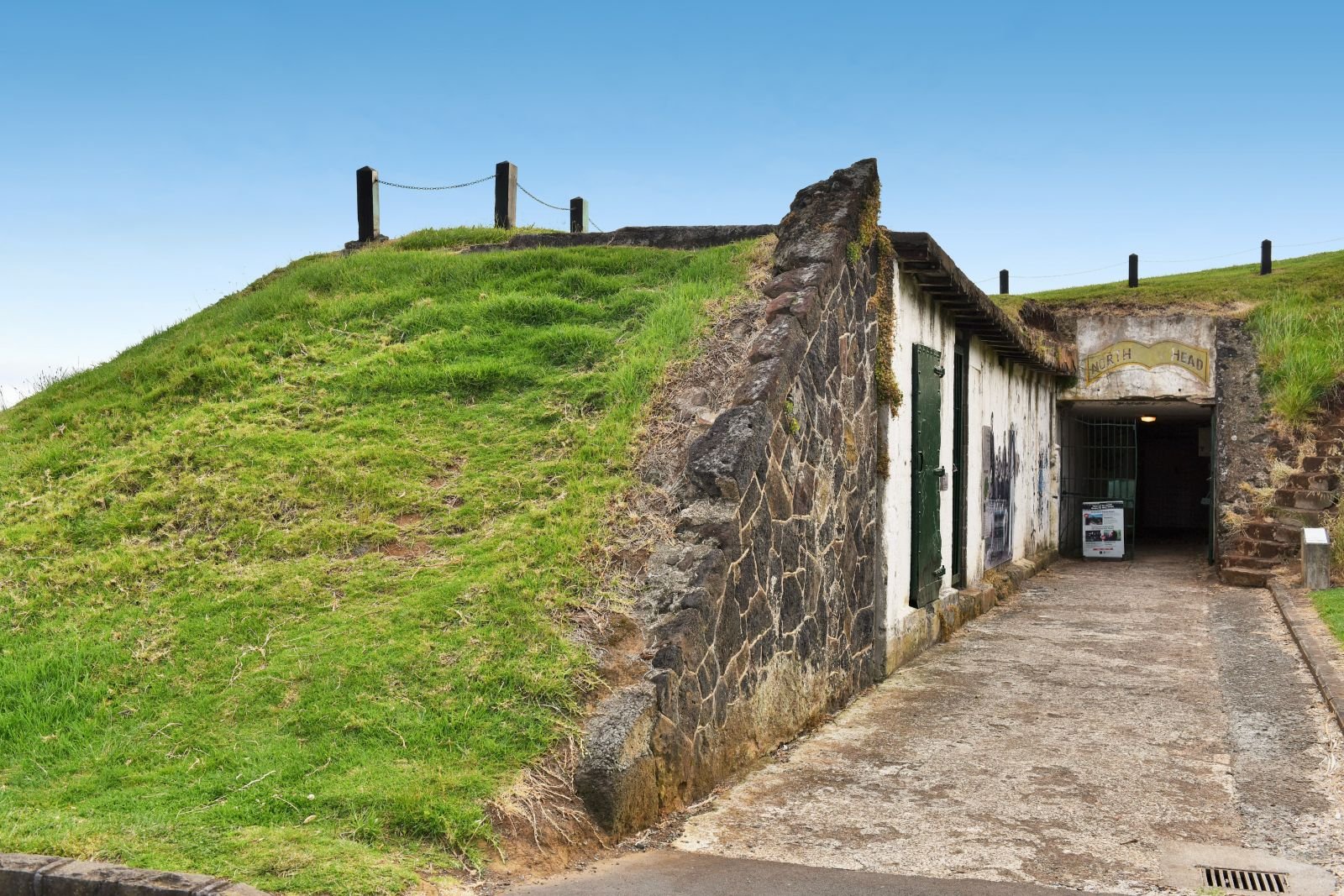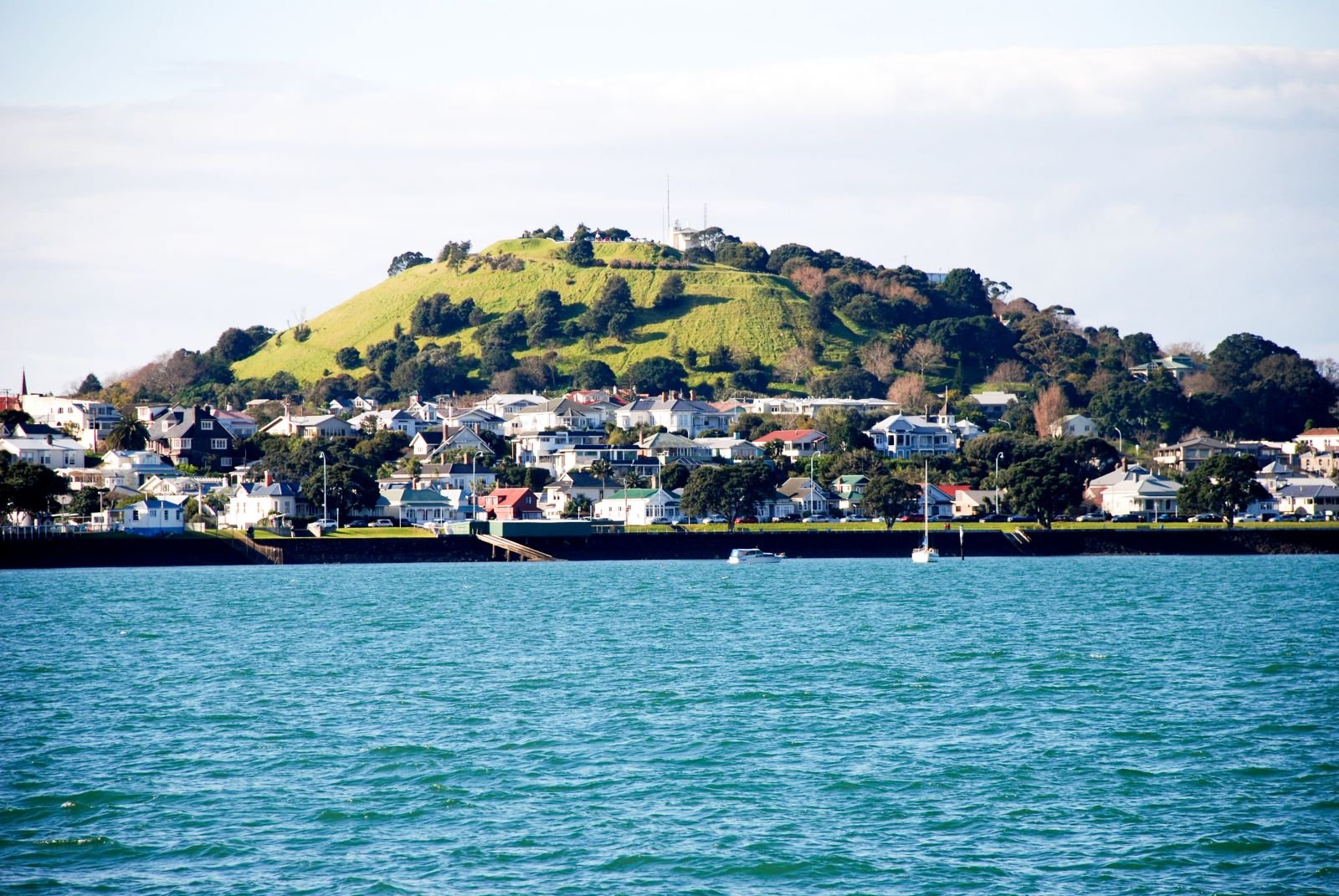
Devonport's Heritage Story.
Devonport, at the very southern point of Auckland's North Shore, was one of the earliest settled areas of Auckland and has a rich Māori and maritime history.
The three volcanic Maunga (Takapuna, Takarunga and Takararo) were ideal for Māori Pā (fortified settlements) as they had quality soil to grow kumara and large tidal beaches to collect seafood. The Maunga are believed to have been occupied by Māori from about 1350AD. These volcanic cones are at the heart of Auckland’s identity and tell the story of our unique and treasured Māori heritage.
European settlement began in earnest in the mid 1800s, with farming and shipbuilding the main industries. In 1840 a flagstaff was raised on Mt Victoria/ Takarunga and the town became known as Flagstaff. Today you will find that Flagstaff pole in Windsor Reserve, the large grassed area at the bottom of the village next to the Ferry Terminal.
A deep water anchorage suitable for naval vessels became the base for our navy. The Calliope Dock, when it opened in 1888, was the largest drydock in the Southern Hemisphere. The Royal New Zealand Navy still has its national base here.
The Navy also had a presence on North Head or 'Takapuna' which is now administered by the Department of Conservation, and there are still military tunnels and bunkers there to be explored. Fort Takapuna Historic Reserve above Narrow Neck Beach has in the past housed both Navy and Army.
In the 1880s surrounding farm land was subdivided and large wooden villas were built in a style which has now become part of Devonport's charm. The villas have been lovingly restored with beautiful gardens developed around them to enhance their street appeal. Most of the houses are built of solid timber from the kauri tree, Agathis australis, a native tree known for its straight growth habit and lack of knots.
Devonport's community idenitifies as having a strong social conscience and take pride in their list of 'firsts'; The first suburb on the North Shore to get electricity when the Devonport power station was built in 1914. The first borough to offer road-side recycling after the first recycling deport was opened in New Zealand (1977). The first borough in New Zealand to vote to become nuclear free (1981) and the first place in New Zealand where women cast their votes after winning the right to vote in the country in 1893.

